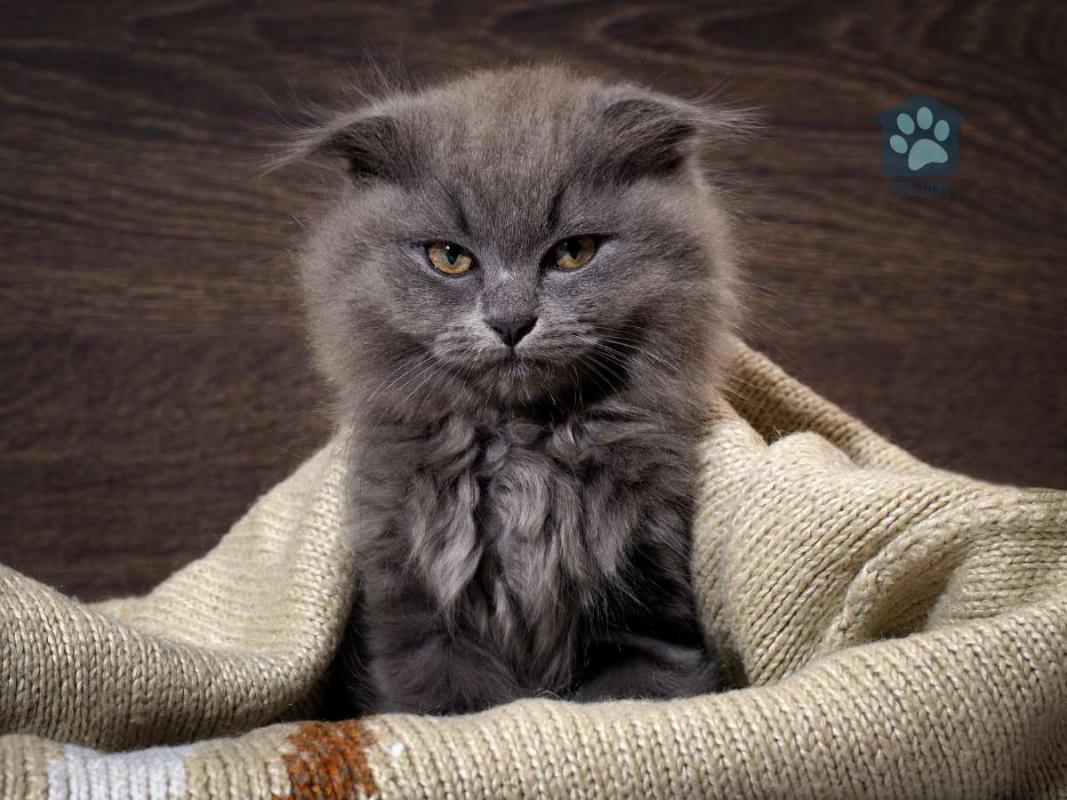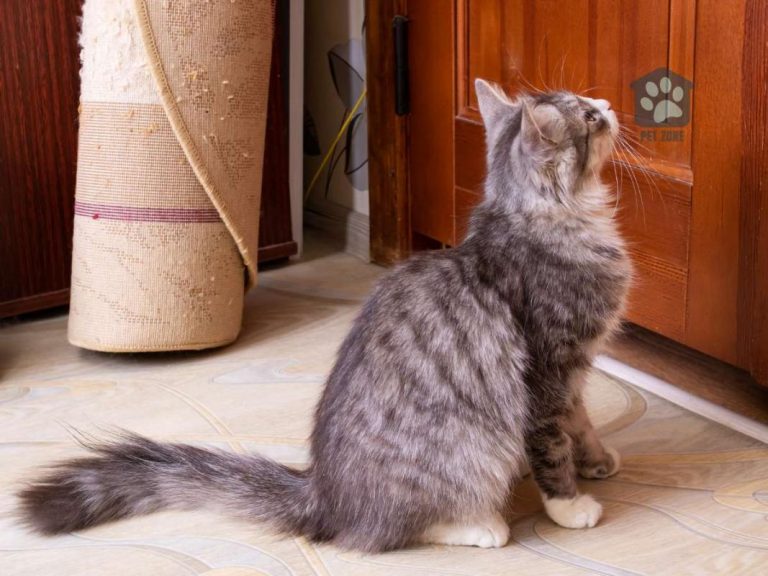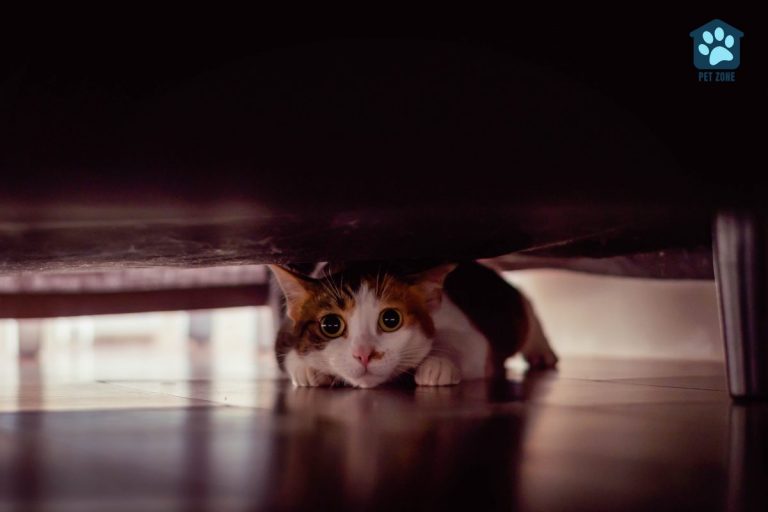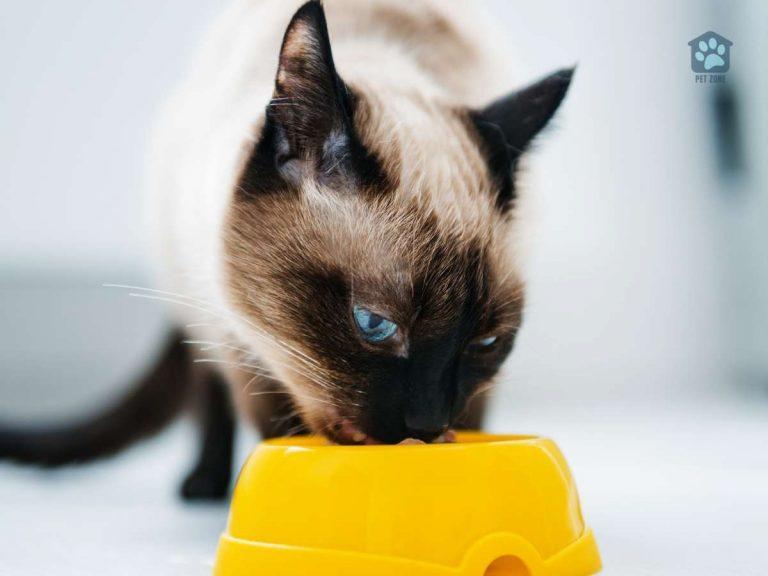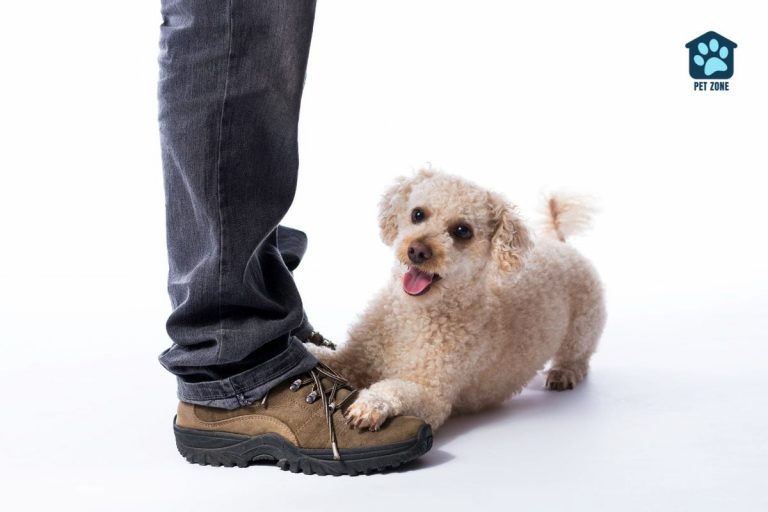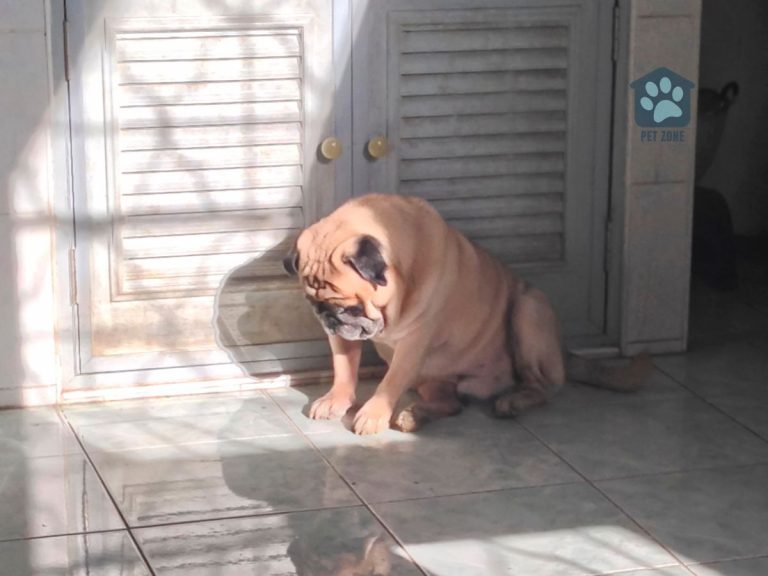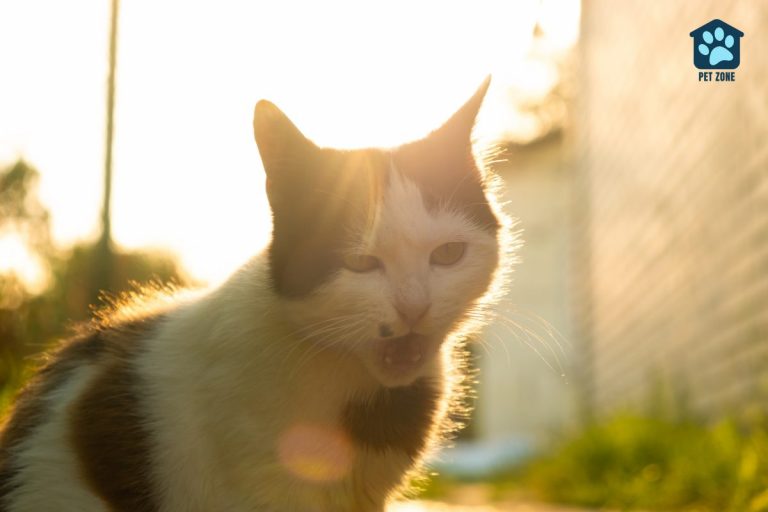Estimated reading time: 7 minutes
Have you noticed that your cat behaves differently lately? Does your cat cuddle with you less than she used to? Has she become less affectionate for some unknown reason?
In this article, we’ll explore potential reasons for your cat is not affectionate anymore, from natural aging to health issues, and provide advice on how to create a safe, loving environment for your pet.
It’s important to realize that a change in affectionate behavior doesn’t necessarily mean your cat loves you less. Let’s dive in to better understand our feline friends and learn how to communicate love on their terms.
Key Points
What Affectionate Means to a Cat
To understand why your cat may become less affectionate, we first need to understand what constitutes ‘affection’ in the feline world. Every cat is different, exhibiting varying levels of affection. Some cats follow their owners everywhere, voicing love and affection. Others may show it subtly by simply being in the same room with you, even if they don’t want to cuddle.
Cats communicate differently than humans and their ways of showing affection can be quite unique. A slow blink, for instance, is considered a cat’s version of a kiss.
They might also show their affection through headbutting, kneading, purring, or bringing you “gifts” in the form of toys or even small prey.
Remember, cats are independent creatures, and it’s possible that your cat may not be the lap cat type that seeks constant physical interaction.
Different cat breeds may have different tendencies when it comes to showing affection, and even within a breed, individual cats can display drastically different behaviors.
Don’t mistake independence for a lack of affection. Even a cat that keeps to itself might still love spending time with you, even if they express it differently than you might expect.
It’s all about understanding your cat’s unique personality and their own way of showing love. Keep this in mind as we explore possible reasons why your cat might have become less affectionate.
Reasons Why a Cat Becomes Less Affectionate
Changes in a cat’s affectionate behavior can be quite puzzling, especially if your cat was loving in the past and has suddenly become less cuddly. Here, we’ll explore some possible reasons your cat may have become less affectionate:
Lack of Socialization
Kittens or cats that have not been socialized properly may need extra care and patience. If your cat isn’t cuddling anymore, give her space, and let your cat guide the interaction. Time spent with your cat, regardless of its form, is still a valuable bonding experience.
Changes in Environment
Many cats are creatures of habit. Any alterations in their usual environment, such as moving to a new house, a change in your schedule, or the arrival of another cat or baby, can cause your cat to withdraw. It can often take them some time to adjust and adapt to their new surroundings.
Aging and Health Issues
As cats get older, they may become less active and consequently less affectionate. Health problems, too, can alter a cat’s behavior. If your cat was not socialized properly when young or has developed issues like arthritis, she may avoid physical contact.
Stress or Anxiety
Cats are sensitive to their surroundings. Stressors, such as loud noises, other pets, or even certain people, can make your cat feel anxious, leading them to become less affectionate. If your cat suddenly avoids using the litter box or spends more time hiding, it might be a sign of stress.
Negative Experiences
If an attempt to cuddle results in a negative experience, like being held too tightly or for too long, cats might start avoiding these interactions. Remember, trying to force affection can lead to the opposite effect.
Understanding these common causes can help us create an environment where our cats feel safe and loved. In the next section, we’ll discuss how to manage these changes in your cat’s affection levels.
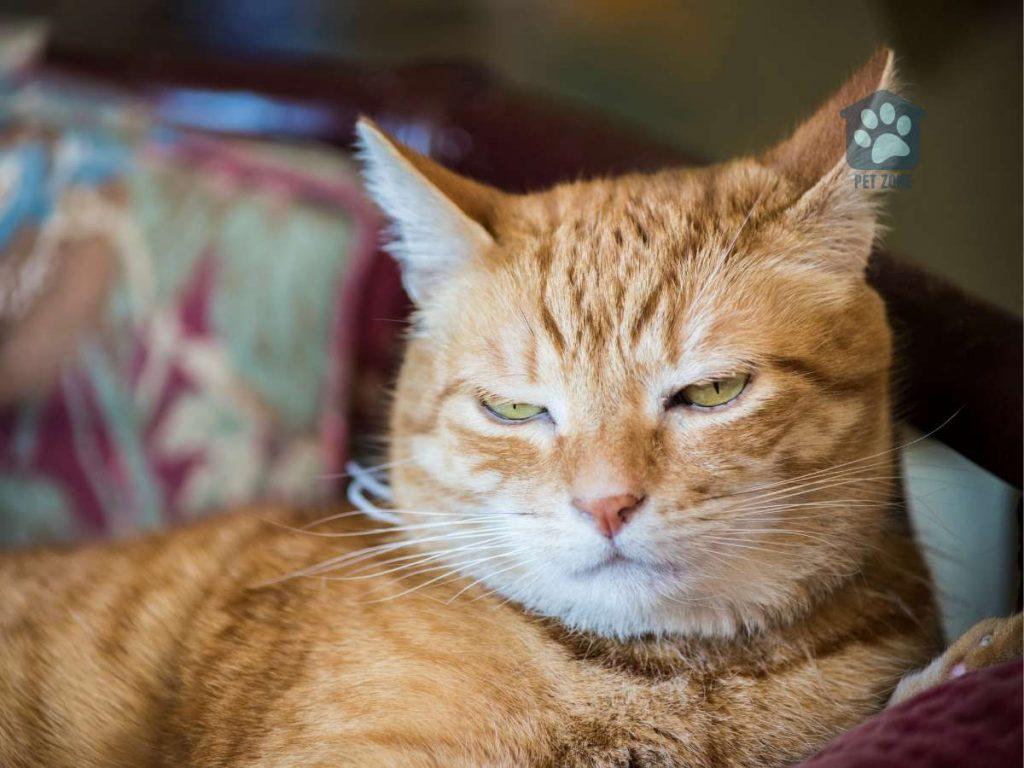
How Do I Get My Cat to Be More Affectionate?
If your once affectionate cat is showing less affection than usual, you might be wondering, “How can I get my cat to be more affectionate?” Here are some strategies to consider:
Create a Comfortable Environment
Make your home a cat-friendly space. Provide secure, quiet areas for your cat to retreat, offer stimulating toys, and ensure her litter box is clean and easily accessible.
Creating a sense of stability and routine, and introducing changes gradually, can help minimize the impact of any disruptions on your cat’s behavior and maintain their comfort level in their ever-evolving surroundings.
Patience and Care
Give your cat space and time to adjust to any new changes and let them come to you on their terms. Trying to force affection on your cat could make her withdraw even more. Spend time with your cat, but let her guide the pace and type of interaction.
Positive Reinforcement
Reward your cat’s cuddle time with treats, praises, or petting. It’s essential to encourage their positive actions without pushing them to do more than they’re comfortable with.
Regular Vet Check-ups
Ensure your cat’s health by scheduling regular vet visits. If your cat is suddenly avoiding cuddles or displaying other changes in behavior, a check-up can help identify if there’s an underlying medical issue.
Professional Help
If your cat’s behavior changes are drastic, it might be worthwhile to seek advice from a professional cat behaviorist. They can provide insights into your cat’s behavior and suggest personalized strategies to improve your relationship with your cat.
While it might take time for your cat’s affection levels to return to what they were, it’s crucial to be patient. Understanding and respect for your cat’s individuality will go a long way in maintaining a loving relationship.
Conclusion
Cats need patience and understanding. Rather than trying to make your cat become more cuddly or trying to force affection, respecting her comfort zone will help you maintain a strong bond. In the end, your cat still loves you, even if they don’t want to cuddle anymore or have become less affectionate than usual.
Keep in mind that cats have their own personalities. Your cat may show love by just being in your presence, even if they aren’t a lap cat. Not all cats become less affectionate with age; some might become more so, and others might not change at all. It’s all about understanding your cat’s unique way of communicating love and affection.
Ultimately, cats are independent creatures that show different levels of affection. It’s essential to appreciate them for who they are. Even if your cat has become less affectionate with age, your furry friend still deserves all the love and care you can give.
If you have further concerns or if your cat’s behavior changes drastically, don’t hesitate to take your cat to the vet or consult a professional cat behaviorist. Remember, you are the best advocate for your cat’s well-being.
Please Comment and Share
As we wrap up, let us know about your experience with your cat’s changing affection levels in the comments below, and share this post with other cat owners facing similar concerns.


